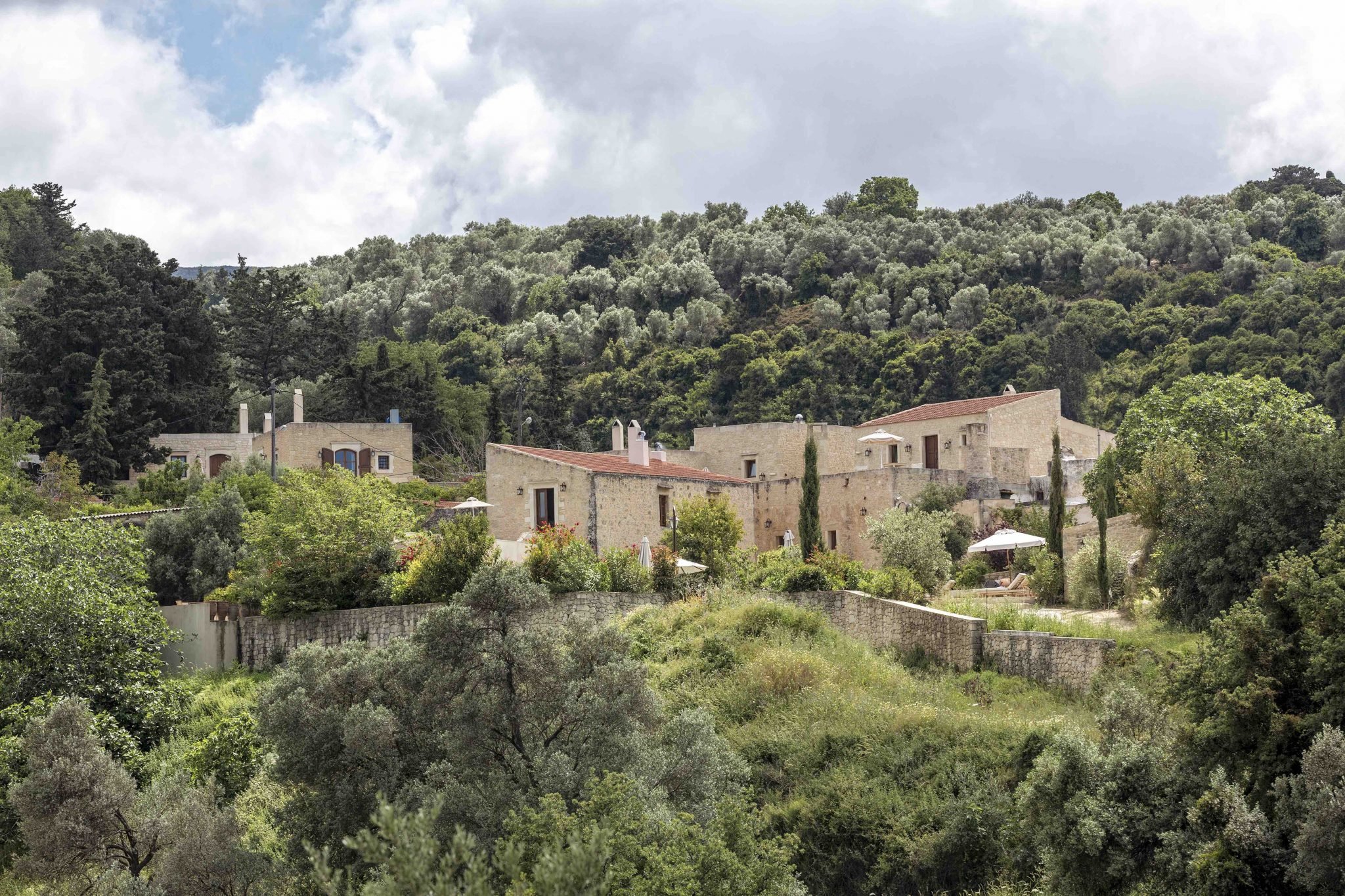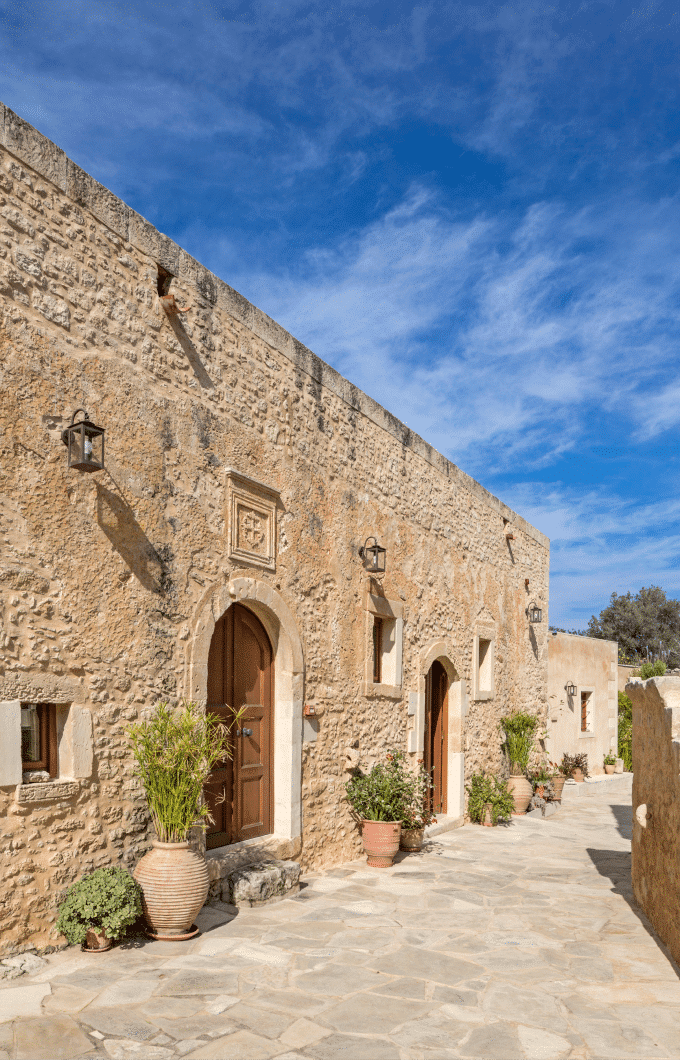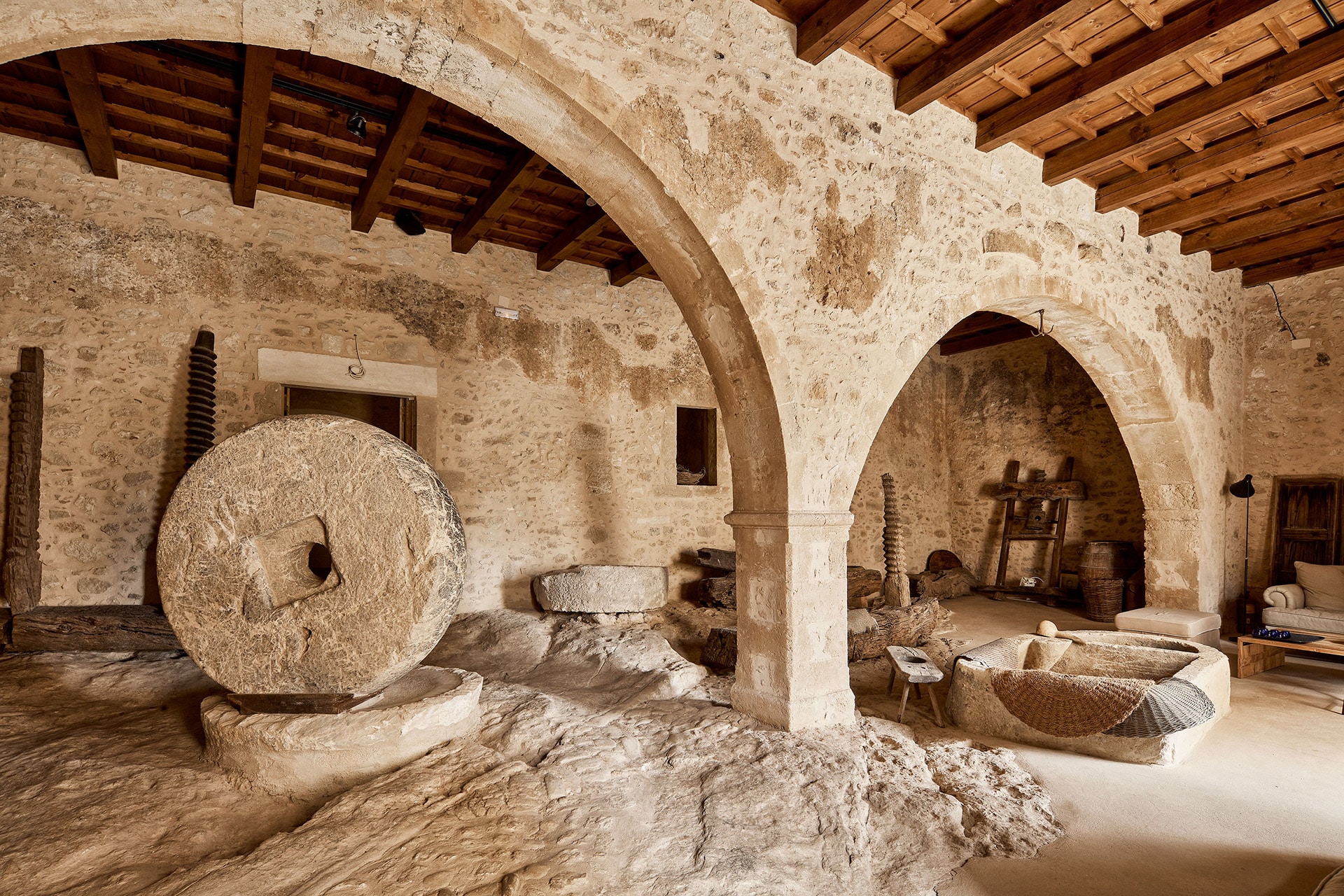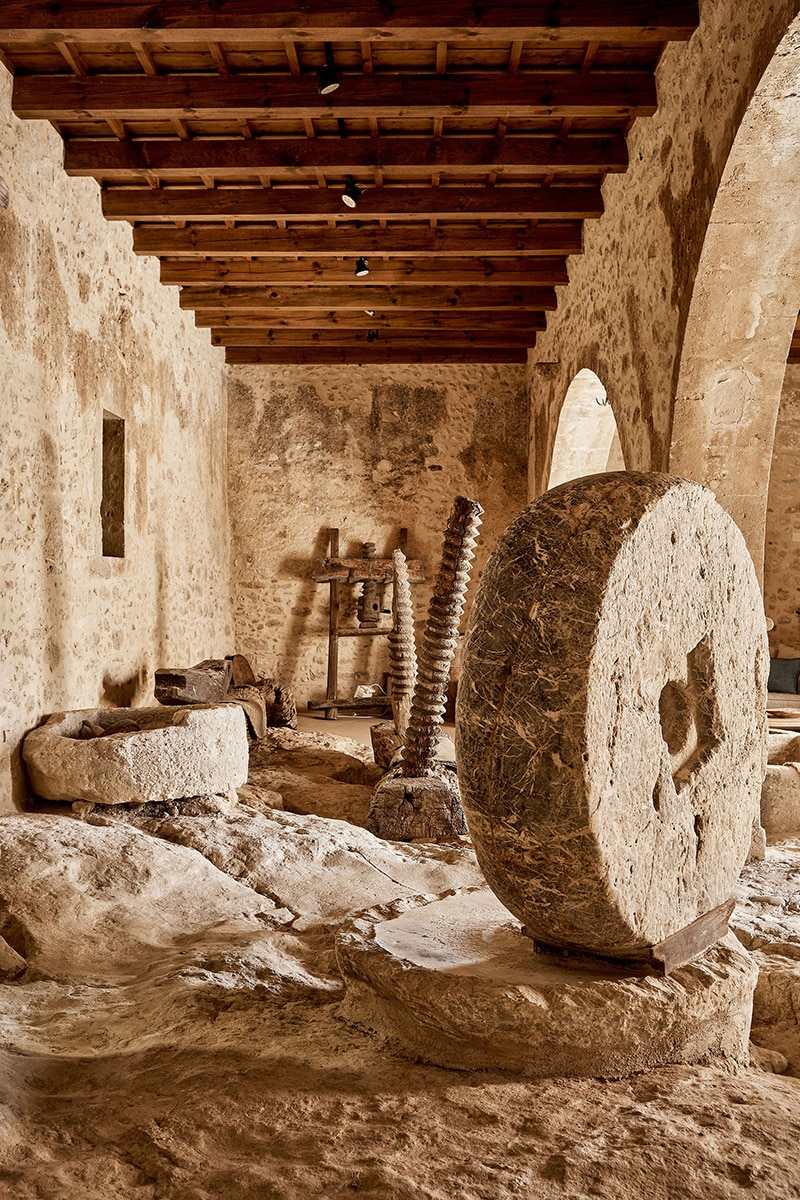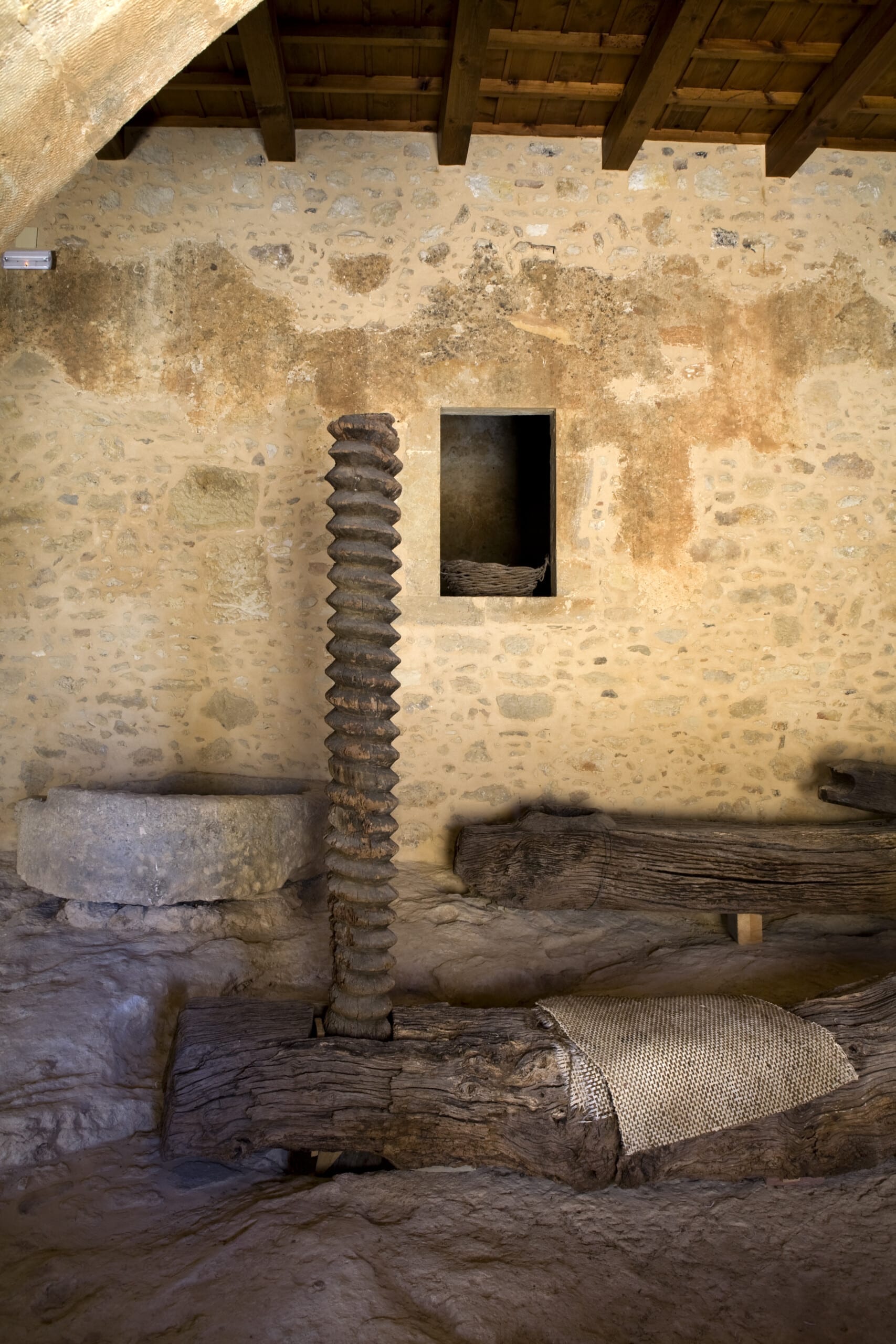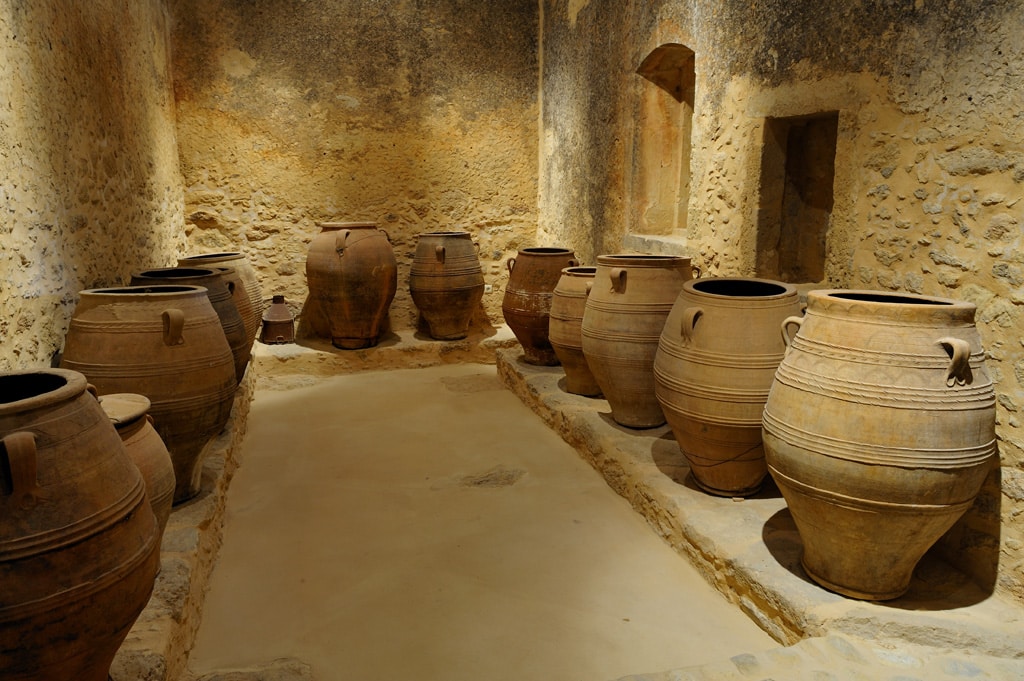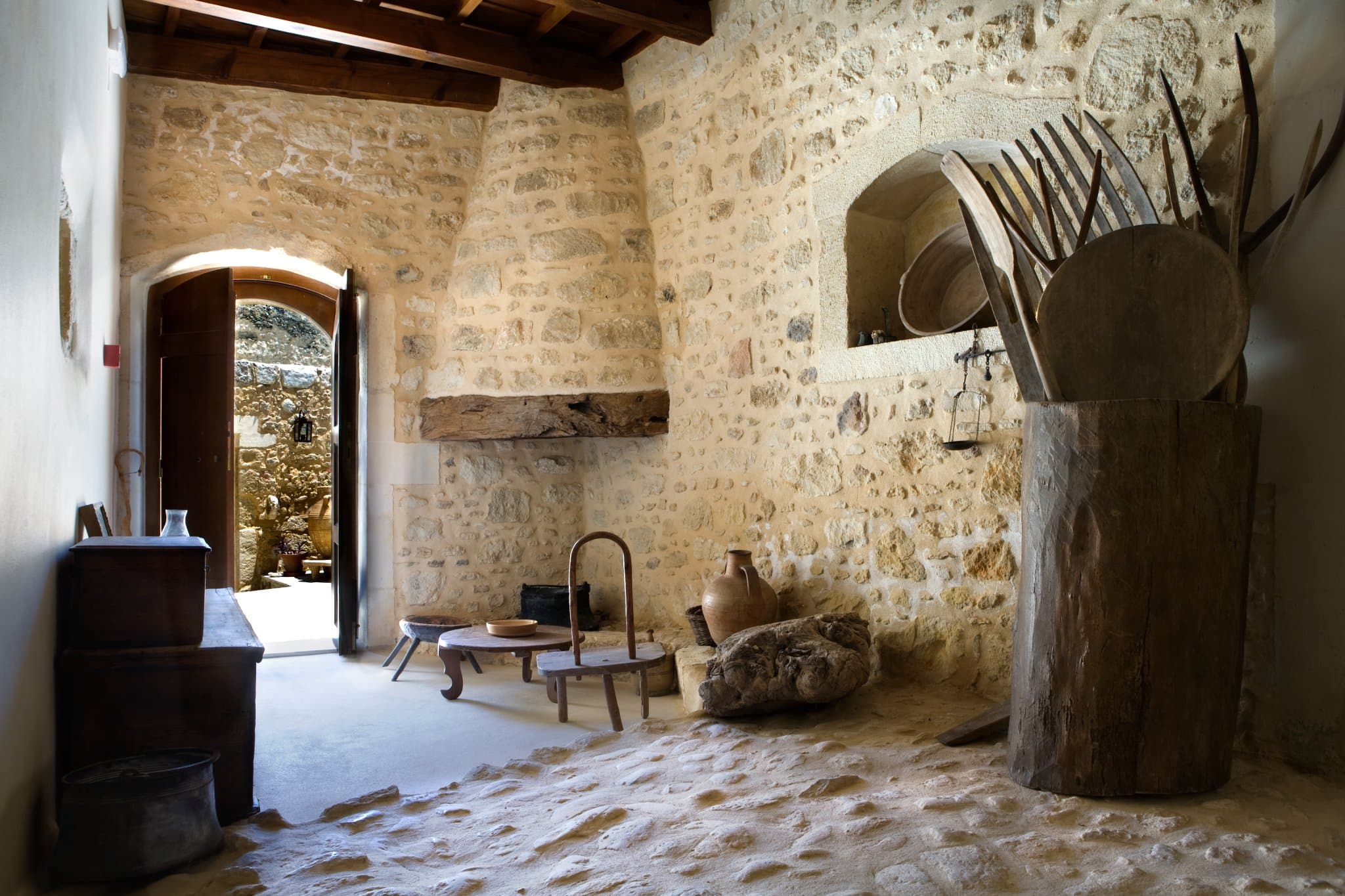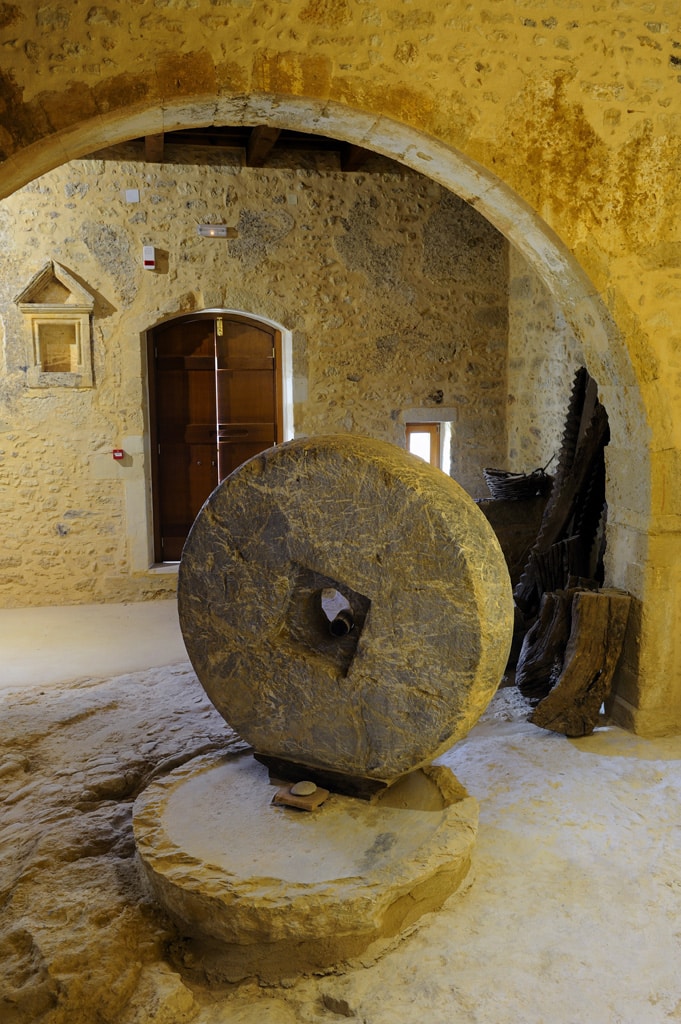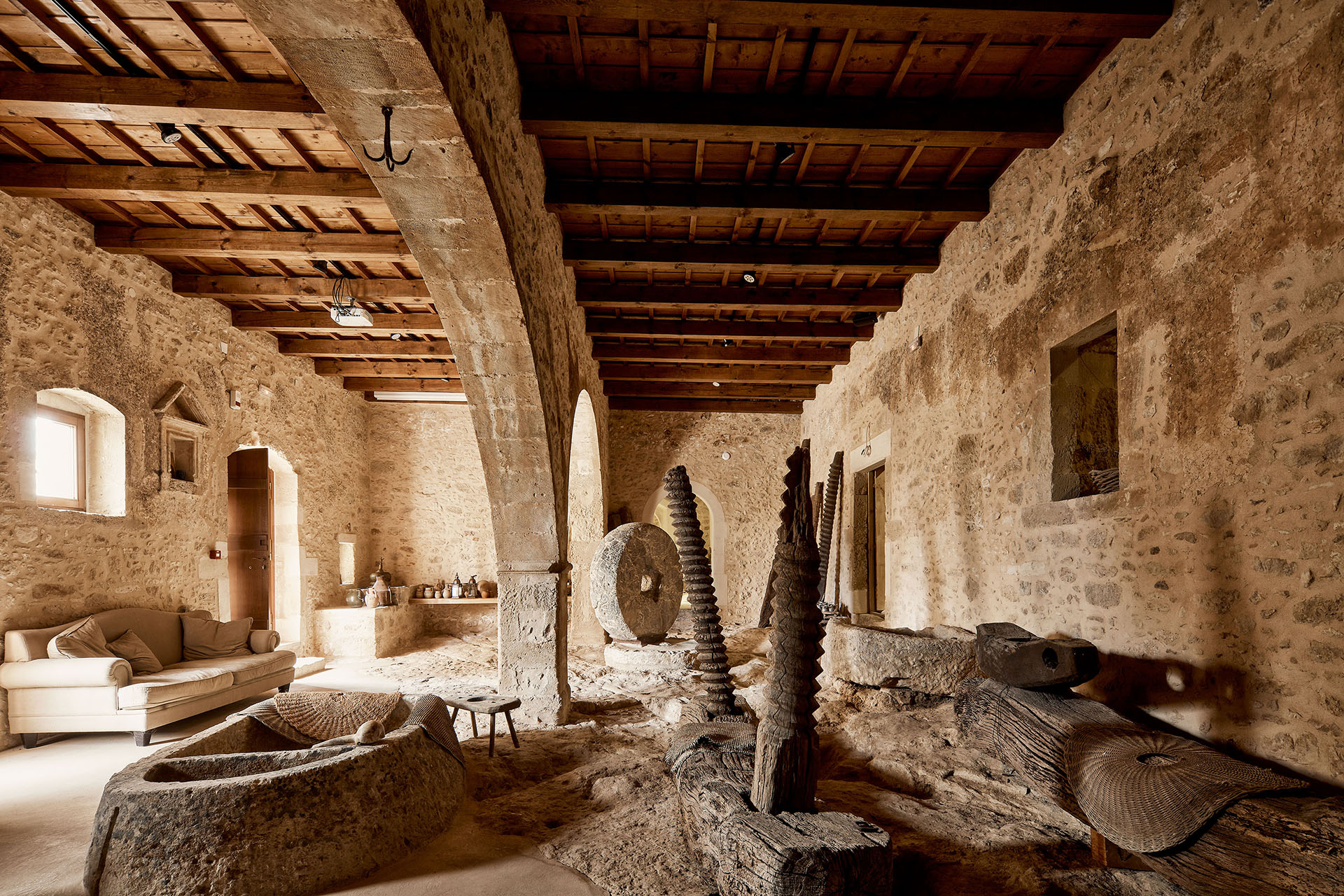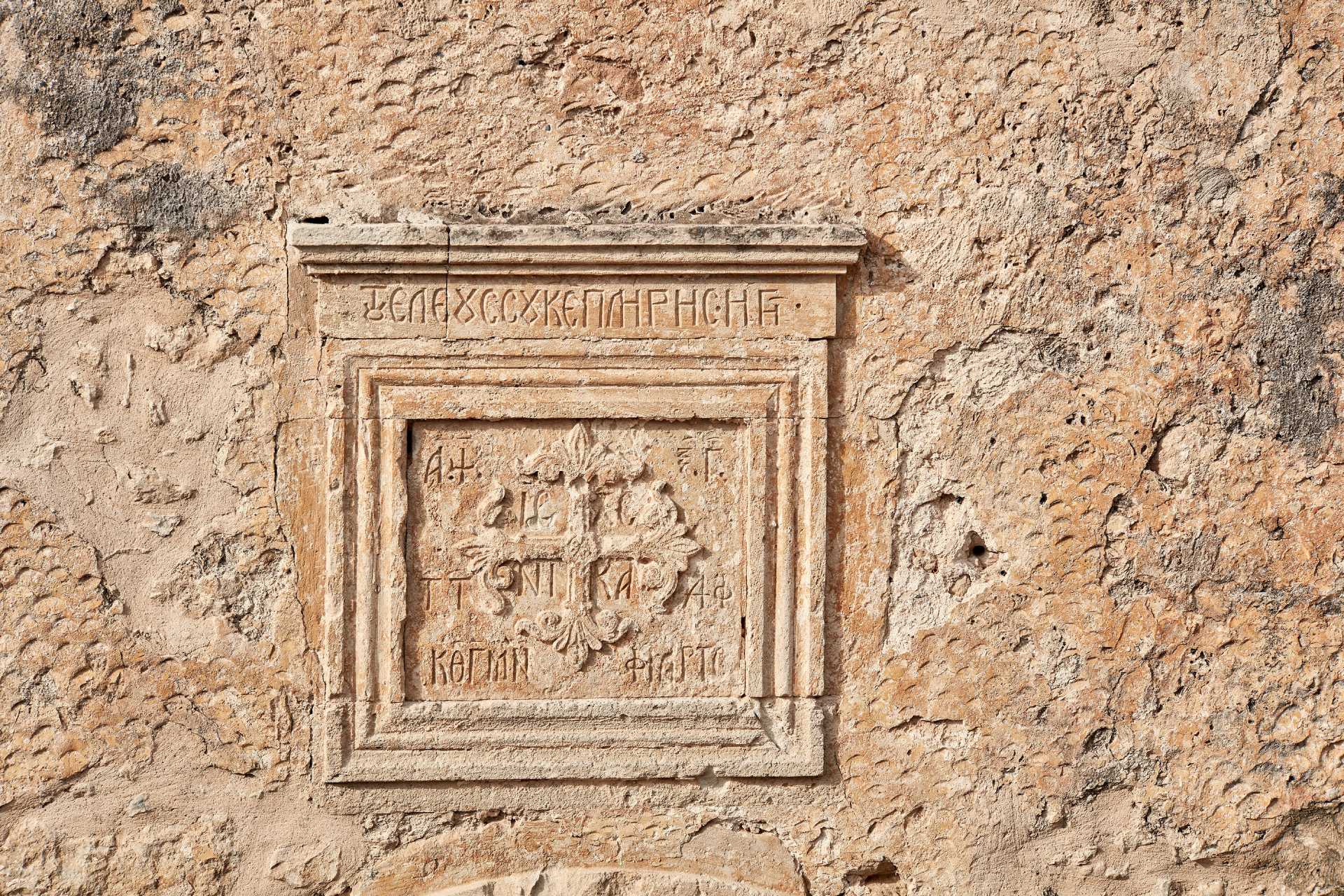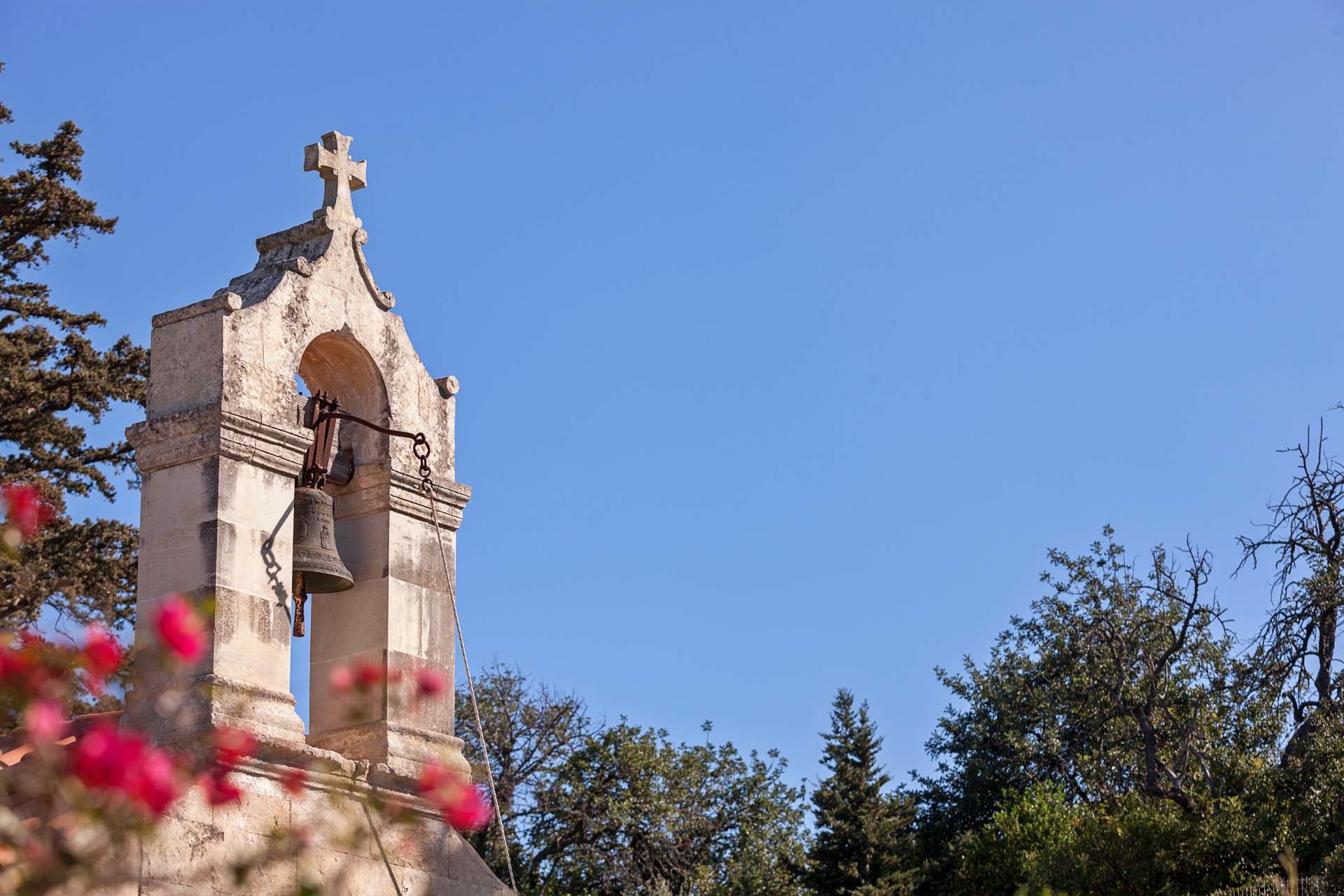The story begins in Crete at the time of the Venetian Occupation, circa 16th century. Kapsaliana in Rethymno was a small settlement -“metochi”, part of the Arkadi Monastery estate. Arkadi, the island’s most emblematic cenobium, existing from the Byzantine times played such a heroic and dramatic role during the Cretan War of Independence that UNESCO designated it as a European Freedom Monument.
An intriguing tale of rebirth
Kapsaliana village was built around an old olive mill that was used to supply oil to Arkadi Monastery. Five centuries later, and after a lengthy restoration process, Kapsaliana Village Hotel is rediscovering its history inundated with memories of the former livelihoods that transpired right here. Member of the Historic Hotels of Europe due to its contemporary living history, Kapsaliana was characterized by a Presidential Decree as having “High Cultural Value “.
It was in 1763, when Filaretos, the Abbot of Arkadi Monastery, decided to build an olive oil mill in the nearby area of Kapsaliana. More and more people came to work at the mill, more and more built their houses around it. The settlement gradually flourished and at its peak, Kapsaliana boasted 13 families and 50 inhabitants. Kapsaliana, however, saw a period of waning especially after WW2, as the mill closed down in 1955. Twenty years later, Crete born, Athens and Paris educated architect, and Kapsaliana Village Hotel’s owner, Myron Toupoyannis discovered this neglected haven of a place, with only seven residents remaining. He instantly falls in love with the settlement that deeply touches his soul, spurring his imagination into a vision of creativity to bring it back to life, but as a pioneering, world class resort, advocating an environmentally sound, albeit luxurious and exciting lifestyle.
The old Olive oil mill
The old olive oil mill, the “source of life” for the community for more than 200 years, was commissioned a century after the little chapel dedicated to Archangel Michael, waserected within it and a hamlet thus began to develop in the mid 1700’s. It was the soil, the safe location and easy waste management of the area that rendered the village of Kapsaliana the perfect location for it.At that time, the olive tree was considered to be a sacred tree, with olives and olive oil being priceless commodities for everyday life. The precious olive seed was fundamental to communities since it was a staple of nutrition, functioned as a source of light and heat as well as being used for therapeutic purposes and in religious ceremonies. During its period of prosperity, roughly 30 women from all over Greece, 5 millers and many others would gather at Kapsaliana village for the olive harvest. The olive picking days would end up in feasts – “vengera” and joyful “mantinades” – Cretan poems, as the valuable season highlighted its spiritual, economic and cultural importance. The entire process was supervised and animated by the monk-steward of the monastery.
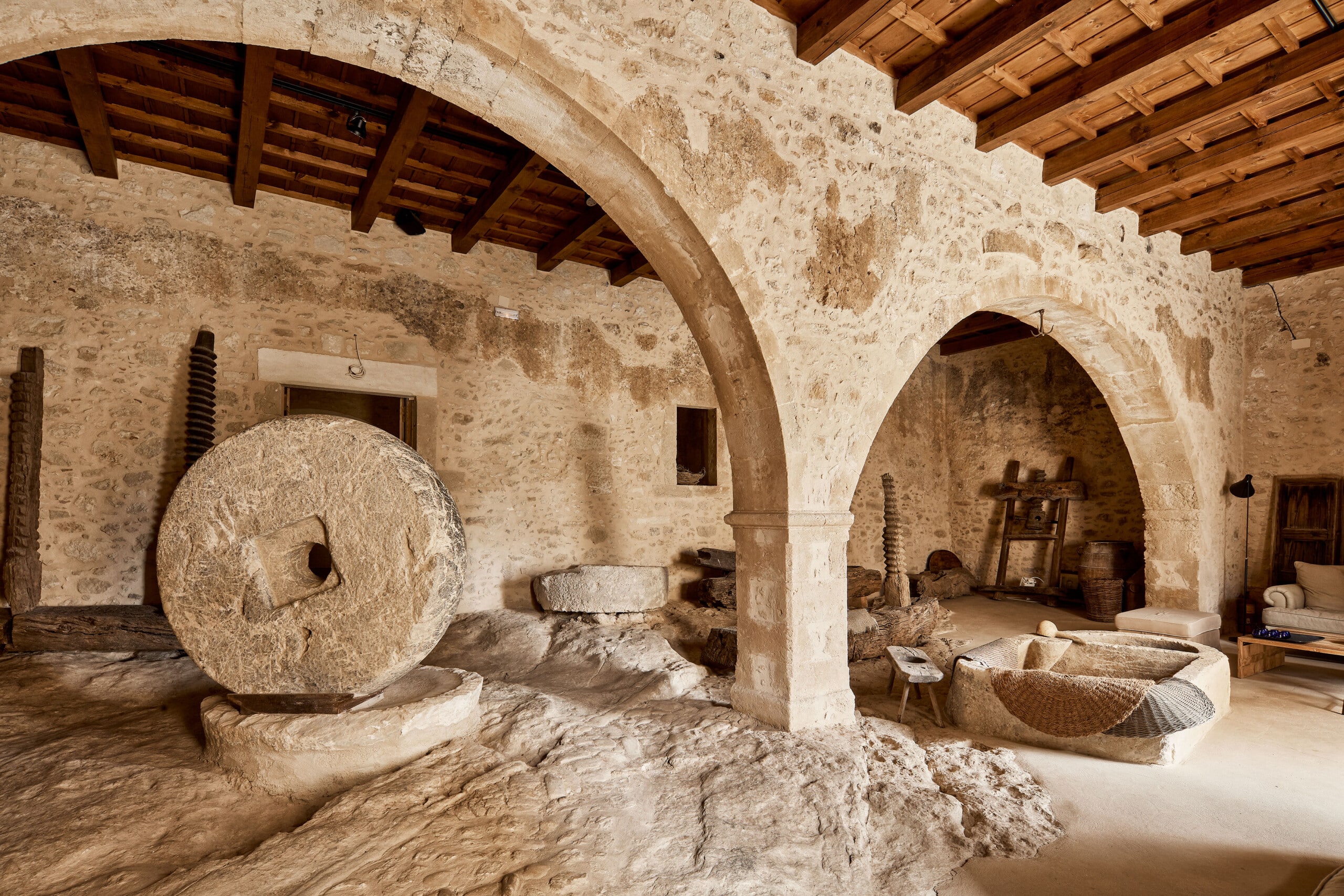

Timeless Restoration
The 21st century version of Kapsaliana is a contemporary retreat to Cretan authentic life with sophisticated comforts, seclusion, and tranquility. Though archetypal of the past,Kapsaliana Village Hotel is in effect timeless: an ageless, medieval community in which time stands still. Its reinvention from an abandoned village into an iconic hotel of traditional Cretan architecture, though serving a new function, has preserved the settlement’s initial structure and, above all, its heart and aura. The meticulous restoration and restructuring of Kapsaliana Village hotel was a lengthy process which took about four decades. The olive oil mill, church, utility rooms and former residences were gradually transformed into an opulent, yet not ostentatious, hospitality complex with due respect to the vernacular building methods and techniques incorporating the use of natural, traditional materials, such as wood,stone and terracotta.Kapsaliana has an “Olive epicentre”, surrounded by hypnotising hills, the legendary mountains “Psiloreitis” and “Lefka Ori”, overlooking the Cretan Sea. Not a small feat, nor an easy task, it involved diligent planning,painstaking work, loads of love,abundant patience, persistence, creative thinking and a dose of ingenious cunning.

Reinstating the good life
Guardians of a place that has existed long before us while being inspired by nature’sbeauty and the wisdom of times gone by, Kapsaliana Village Hotel is a historical holiday resort that reinstates the concept of the good life. It constitutes a novel travel proposal: redefining modern luxury through the rebirthing of a historical place and reinstating authentic experiences that offer a window into the simple yet fulfilling way of life of the former villagers; one where the quest for equilibrium is the ultimate objective. Kapsaliana Village hotel pays homage to the past, celebrates the present, and paves the way to a more balanced, sustainable future. With our hosts as your personal guide, we invite you to
explore and revel in the possibility of each moment. For here, time melts away as you lose yourself in experiences that will stay with you for a lifetime.
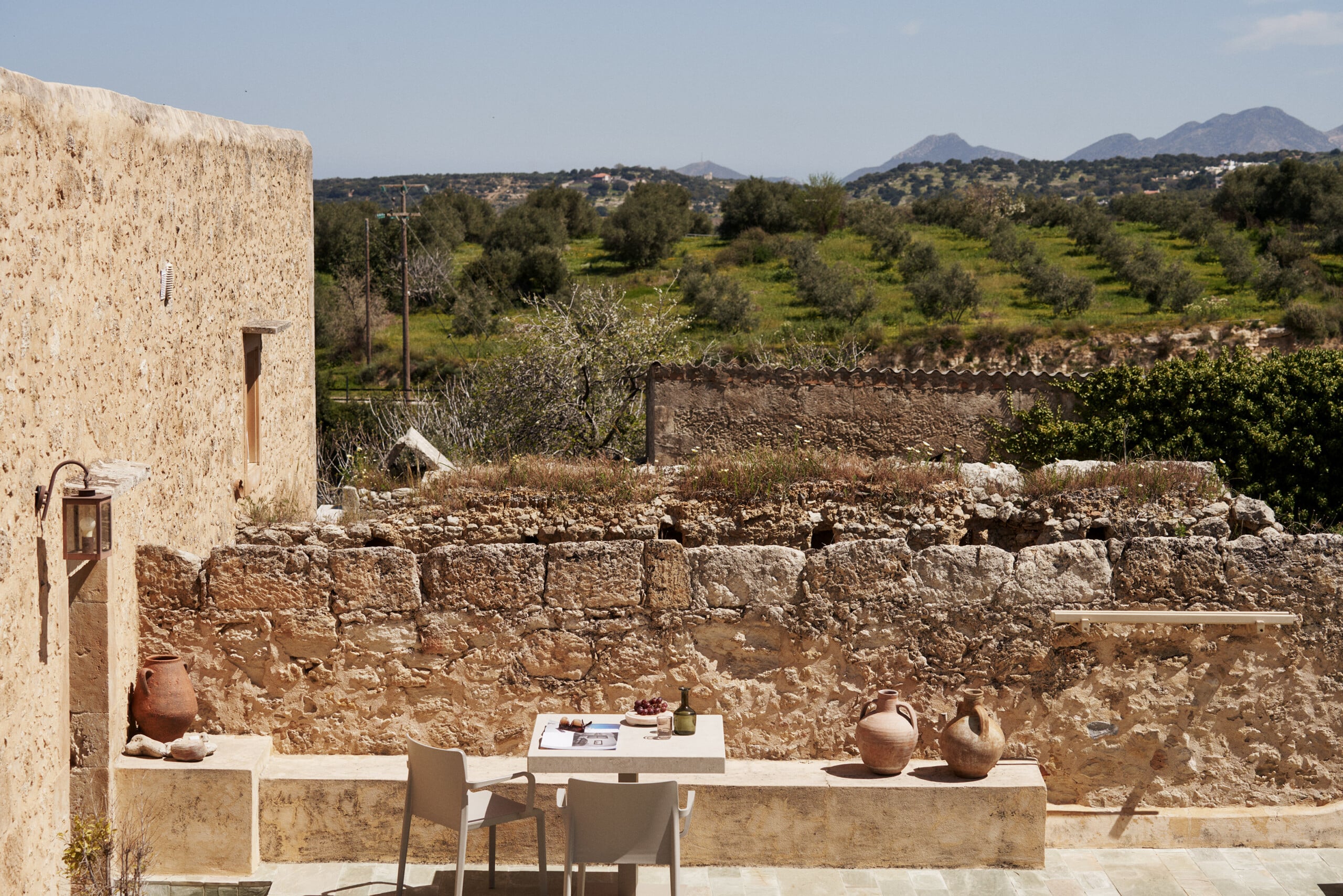
A new kind of hospitality luxury
Kapsaliana Village Hotel pioneers the modern-day imperative for back-to-nature luxury holidays. Here we seek to reintroduce you to the terms luxury, hospitality and sustainability. In effect, we have stripped away contemporary excess in the stead of harmony, and through a deep respect for the setting’s history, we believe that Kapsaliana today embodies hospitality luxury in equilibrium. Kapsaliana is a pure “green village“ immersed in the wild nature of the with its actual story inspired and shaped by its current day manifestation. It is the setting of a once thriving, autonomous and self-sustainable community of 50 inhabitants centered around a prolific olive mill. With the passage of time and blows of history, it atrophied. It would still lie in ruins if it was not for architect, and owner, Myron Toupoyannis who rediscovered it, fell in love and decided to give it the kiss of life. Kapsaliana today stands like a
bastion to a sentimental past, transformed anew into a unique hospitality complex that seamlessly blends past and present and balance with indulgence. We have drawn inspiration from the very principles that guided existence at Kapsaliana since time immemorial, showing our utmost respect for the setting and for the people who once lived here and praising their community’s autonomy, sustainability and collaboration wholeheartedly
